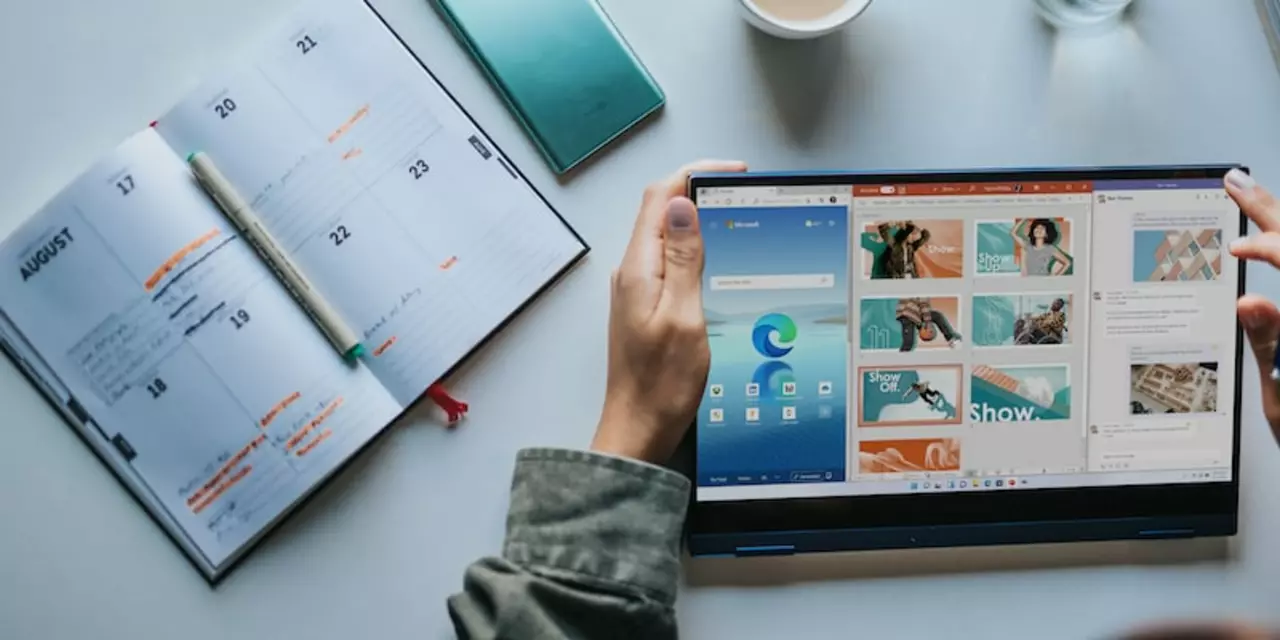How Much Does It Really Cost in India? A Practical Guide
If you ever wonder whether your money stretches far enough, you’re not alone. From a quick snack on the street to a new smartphone, Indian prices can feel confusing. This guide breaks down common costs, shows where you can save, and helps you spot hidden expenses.
Everyday Essentials – Food, Transport, and Housing
Indian food is famous for flavor, but it’s also cheap if you know where to look. A plate of dal, rice and a veggie at a local dhaba costs around ₹50‑₹80, while a mid‑range restaurant meal runs ₹250‑₹400. Buying groceries for a week (rice, wheat flour, vegetables, and eggs) typically stays under ₹1,200 for a family of four.
Getting around varies by city. In metros, a monthly metro pass is ₹1,200‑₹1,500. Auto‑rickshaws charge ₹10‑₹15 per kilometer, while a fuel‑efficient scooter costs about ₹10‑₹12 per liter of petrol. If you own a car, factor in fuel, insurance and parking – the real cost often exceeds ₹15,000 per month.
Housing is the biggest budget chunk. In Tier‑2 cities, a two‑BHK apartment rents for ₹12,000‑₹18,000. In metros, the same space can start at ₹30,000 and go up dramatically for prime locations. Shared apartments or paying guest (PG) rooms can bring that down to ₹5,000‑₹8,000.
Big Ticket Items – Tech, Travel, and Welfare Schemes
New tech gadgets have become status symbols, yet the price gap between India and overseas is narrowing. A Redmi Note 8 Pro launched at around ₹14,000, making it an affordable flagship‑style phone. Look for launch offers or e‑commerce sales; discounts of 10‑15% are common during festive seasons.
Domestic flights have a reputation for being pricey, but they’re not all‑or‑nothing. Booking a month ahead can land you a ticket for ₹2,500‑₹4,000 on short routes. Airlines reserve the right to refuse boarding to drunk passengers, so keep that in mind when planning celebrations before a flight.
Welfare schemes like the BPL (Below Poverty Line) card can dramatically reduce costs for low‑income families. The card itself is free, but eligibility hinges on household income and land ownership. Once approved, families gain access to subsidised food grains, health services, and women‑focused welfare programs that cut everyday expenses.
Knowing where subsidies exist helps you avoid overpaying. For example, the public distribution system (PDS) offers rice at ₹3‑₹4 per kilogram for BPL cardholders, a fraction of market rates.
Lastly, consider hidden costs like service fees, taxes and maintenance. A life coach in Mumbai may charge ₹2,000‑₹3,500 per session, but many offer a free first meeting. Spotting these extras early prevents surprise bills.
In short, Indian costs range widely, but a few habits keep your wallet happy: shop local, compare prices online, book services early and tap into government schemes whenever you qualify. Armed with these pointers, you’ll navigate daily expenses with confidence and maybe even save a little extra for that weekend getaway you’ve been eyeing.
The Redmi Note 11 Pro is a smartphone released by Xiaomi in 2021. It features a 6.67-inch OLED display, a Qualcomm Snapdragon 732G processor, a 5020mAh battery, a 48MP triple camera and a 16MP front camera. The phone is available in two variants – 6GB RAM + 64GB storage and 8GB RAM + 128GB storage. The 6GB RAM + 64GB storage model is priced at Rs. 18,999, while the 8GB RAM + 128GB storage model is priced at Rs. 20,999. Both versions offer a range of features, including a fast charge, a 3.5mm headphone jack, a USB Type-C port, and a rear-mounted fingerprint scanner.
